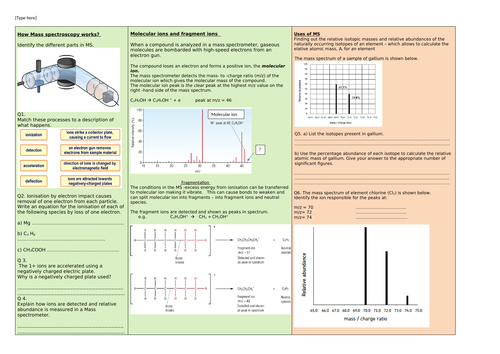Kamienie's Shop
I have been teaching science and A-Level Chemistry for 13 years. My resources are mainly for A-Level Chemistry for OCR A (the latest 2015 specification). Most of my resources are “complete lesson” resources, consisting of a Workbook and Teacher’s PP. The Workbook structures student’s learning in each lesson. The Teacher’s PP supports the Workbook. I update my resources often to address any new “misconceptions ” students might have that arise from Examiner’s Reports and from my own teaching.





















